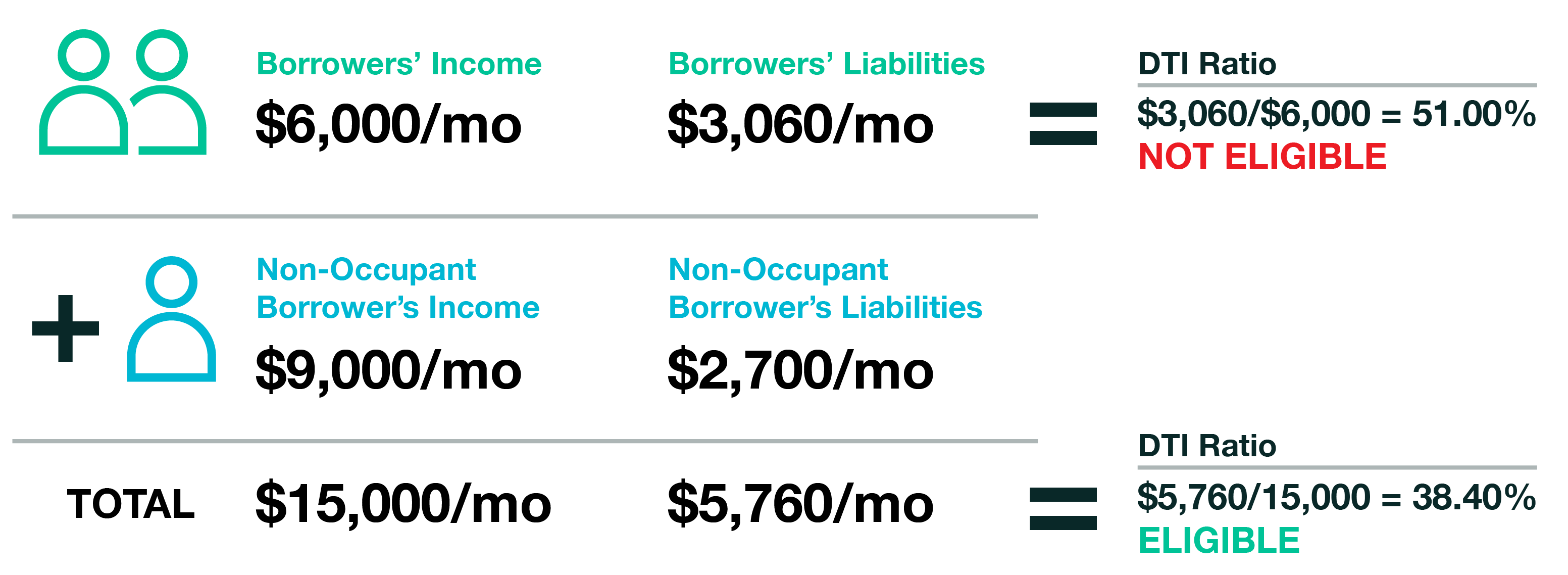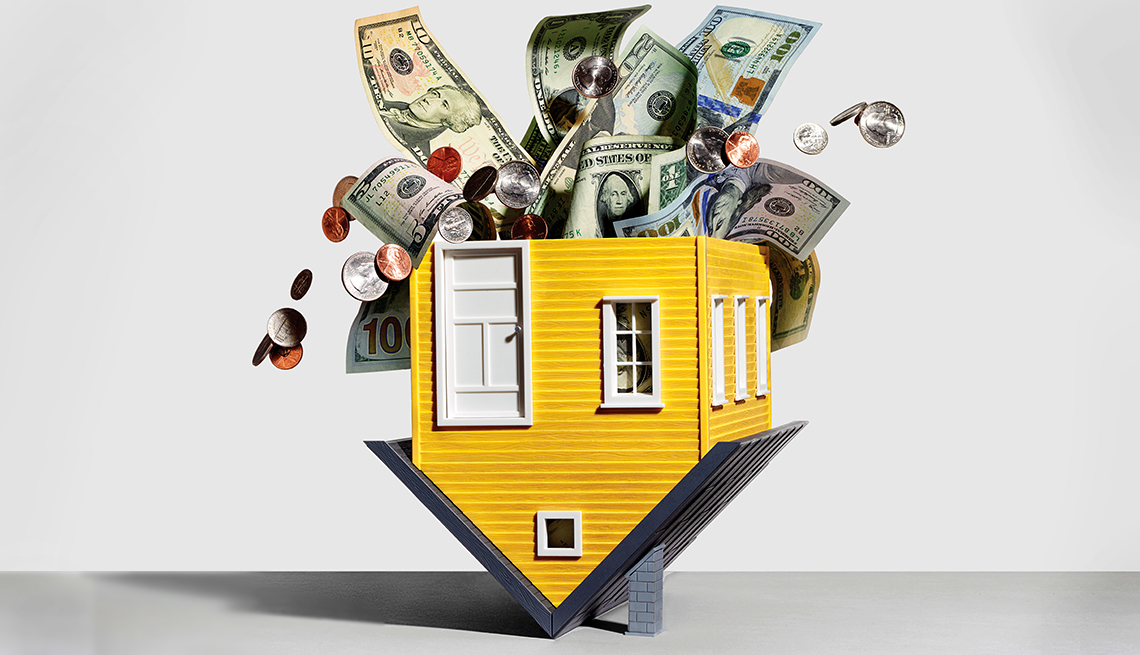A bigger down payment on a conventional loan will likewise speed up the process of reaching 80% on your loan-to-value (LTV) ratio, which is the portion of just how much you still owe on your mortgage - what does arm mean in mortgages. You can stop paying mortgage insurance once the money you've paid towards your home, consisting of the deposit, reaches 20% of your home's value, or 80% LTV which reduces your monthly payments.
If you want to make a 20% down payment to prevent being hit with mortgage insurance costs, you can approximate just how much house you can manage by multiplying your savings by 5. For example, if you had $34,000 in your savings the average savings account balance in 2013 you might afford to finance a $170,000 home without acquiring mortgage insurance.
As such, it is essential that you factor these monthly costs into your spending plan when identifying the amount of home mortgage financial obligation you can afford. Lots of very first time home buyers have a hard time to get approved for home loans since they can't satisfy the normal 20% down payment minimums on the size of home they desire.
If either of these describes your scenario, you might be able to lower your down payment through a federal government loan. Both the Federal Real Estate Administration (FHA) and the Veterans Administration (VA) run home mortgage programs for eligible Americans. Newbie home purchasers with little credit rating or a bad credit profile might consider requesting an FHA home mortgage rather than a standard loan.
Borrowers with poor credit also tend to receive higher rates Homepage of interest, which can drastically increase your regular monthly home loan payment. Nevertheless, FHA loans are likewise a great option if your credit history is above 580 but you wish to make a smaller down payment than allowed by a standard lending institution. As with other forms of financial obligation funding, you're probably to be approved for an inexpensive loan if you've developed a strong credit profile and have healthy cost savings.
Another technique that lots of states have actually begun using are. It's possible to pay a low deposit on a standard loan if you have excellent credit, but the majority of banks need a deposit of 5% or more for the average borrower. Government-backed FHA mortgages, which have a 3. 5% minimum deposit, can be a more inexpensive choice for those seeking a smaller sized up-front expense though, as discussed above, all FHA customers must pay monthly insurance costs for the life of the loan.
The added MIP or PMI cost can be a pricy long term expense and may negate the monetary benefit of making a low down payment. Provided the large expenditure of buying a home, it's most suggested to conserve enough cash to make a 20% deposit and avoid spending for insurance, particularly if you anticipate your spending plan to be tight in the coming years.

Fascination About What Is The Interest Rate On Mortgages Today
Your down payment plays an important function when you're purchasing a house. A down payment is a percentage of your home's purchase cost that you pay up front when you close your house loan. Lenders typically take a look at the down payment amount as your financial investment in the home. Not just will it impact how much you'll need to obtain, it can also influence: Whether your lender will need you to pay for personal home mortgage insurance (PMI).
Your rate of interest. Because your down payment represents your financial investment in the house, your loan provider will often offer you a lower rate if you can make a higher down payment. So just how much of a deposit will you need to make? That depends on the purchase rate of your home and your loan program.
The quantity of your deposit helps provide your lending institution the loan-to-value ratio (LTV) of the residential or commercial property. LTV is among the main factors along with debt-to-income-ratio and credit rating that a lending institution considers when deciding whether or not to extend you credit. Your loan-to-value ratio suggests how much you will owe on the house after your deposit, and is expressed as a percentage that reveals the ratio in between your home's overdue principal and its evaluated worth.
Here's the formula: Loan amount appraisal value or purchase cost (whichever is less) = loan-to-value (LTV) The home you desire to buy has an appraised value of $205,000, but $200,000 is the purchase priceThe bank will base the loan quantity on the $200,000 figure, due to the fact that it's the lower of the 2You have $40,000 for a deposit, so you require a $160,000 loan to fulfill the $200,000 purchase priceYour loan-to-value formula would appear like this: $160,000 $200,000 =.
80 by 100% and that offers you an LTV of 80% If your down payment is lower than 20%, your loan-to-value ratio for standard funding will be greater than 80%. Because case, your lending institution may need you to pay personal mortgage insurance coverage, due to the fact that they're providing you more cash to buy the house and increasing their potential risk of loss if the loan must go into default.
When you think about how much to put down on your house, think about your loan provider's requirements and what a greater or a lower deposit will indicate for you. Is it worth it to you to pay personal home mortgage insurance coverage each month in order to get the other benefits of homeownership? Or would it make more sense for you to conserve for a bigger deposit and prevent PMI, even if that suggests waiting longer to purchase a house? Knowing the financial impact of each choice can assist you make your decision with confidence.
For newbie house purchasers, the obstacle of coming up with a 20% mortgage down payment is typically challenging sufficient to keep them out of the market. But the 20% deposit is all however dead and has actually been for quite some time, particularly for newbie purchasers. Get responses to concerns about your home loan, travel, financial resources and preserving your peace of mind.
The 9-Minute Rule for How To Combine 1st And 2nd Mortgages
Since outliers can skew an average, the telling figure for what other home purchasers put down is the typical deposit, indicating half paid that much or above, and half paid that much or listed below. For newbie home buyers who funded the purchase, the mean down payment was 7%, according to a 2018 study by the National Association of Realtors.
" The other half still believe that they should have at least 20% down in order to qualify for a house mortgage." The minimum down payment for a home depends upon the kind of loan and a lender's requirements. Here are the minimum deposit requirements for the most typical types of loans.Conventional loans,which aren't ensured by the federal government, can have down payments as low as 3% for qualified purchasers. 5% down. FHA loans permit lower minimum credit scores than conventional loans.VA loans for military service members and veterans, and USDA loans for specific rural and rural purchasers, typically require no down payment. VA loans are backed by the U.S. Department of Veterans Affairs, and USDA Check out the post right here loans are ensured by the U.S.
